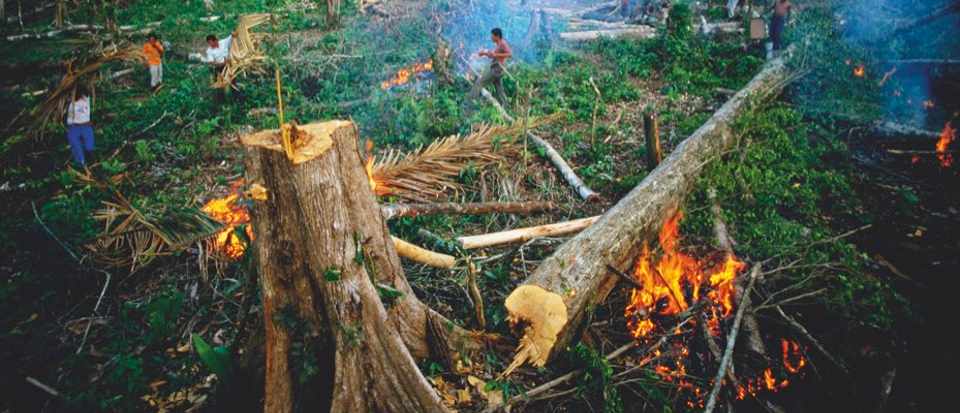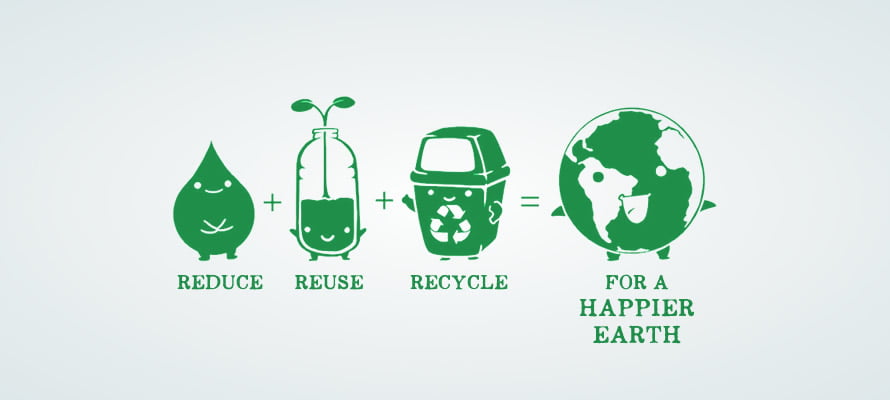Know in detail about the forest resources and their types in this quick 2 mins read
India’s Forest Cover is 21% of the geographic area. Scientists assess that India should ideally have 33% of its land under forests. Today we have about 12% shortage of requirement. Thus, we need not only to safeguard our existing forests but also to increase our forest cover.
Types of forests
These are classified into three major types.
Evergreen forest: They are found in the equatorial regions where the annual average rainfall is exceedingly high. Due to heavy rainfall throughout the year, these forests are evergreen. Ex: Silent valley in Kerala. Trees: Teak, Mahogany, Rosewood
Deciduous forest: These forests are generally found in the tropical monsoon. Trees: Pillaimaruthu, sandalwood. These forests are of two types.
- Tropical deciduous forest: As these forests receive only seasonal rainfall, they shed their leaves in the summer monsoon.
- Temperature deciduous forest: Due to severe winter with heavy snowfall, the trees shed their leaves just before the winter season.
Coniferous forest: The snow slides down the sloping sides of the trees. The needle-type leaves preserve the moisture. Trees: Pine tree, spruce tree.

Uses of Forests
Forests have the following functions and show ecological significances.
- Commercial uses: Man depends heavily on a more significant number of plant and animal products from forests for his daily needs.The principal product that forests supply is wood, which is used as fuel, a raw material for numerous industries as pulp, paper, newsprint, board, timber for furniture items, other uses as in packing articles, matches, sports goods. Forests also supply minor products like rubber, fibres.Many of the plants are utilized in formulating medicines and drugs.
- Ecological uses:
Production of Oxygen: During photosynthesis, trees produce oxygen which is vital for life on earth.
Absorption of Carbon dioxide: Carbon dioxide is absorbed by the forests as a raw material for photosynthesis. Thus, forest acts as a sink for carbon dioxide, thereby reducing the problem of global warming.
Wildlife habitat: Forests are the dwellings of millions of wild animals and plants. About 7 million types are found in the tropical forests alone.
Regulation of hydrological Cycle: Forest watersheds act like giant sponges, absorbing the rainfall, slowing down the runoff—absorption of solar heat during evaporation and transpiration, maintaining climatic conditions. Forests bring rainfall.
Soil Conservation: Forests bind the soil particles firmly in their roots and prevent soil erosion. They also act as windbreakers.
Pollution moderators: Forests can absorb many lethal gases and can help in keeping the air pure and in preventing noise pollution.
- Aesthetic value: Forests have aesthetic value. It serves as a Gene Reserve of many species. Tribal use bamboo, grass for making huts, mats, cots, baskets for their living. Tribal use fruits, leaves, seeds, roots for food. Aromatic oils, medicines are obtained from made from forest plants.
- Recreational Use: Forests attract tourists in many countries. Environmentally friendly eco-tourism provides income to the people.
Problems
Overexploitation: It is due to the increase in population, there is an increase in materials supplied by Forest resources, leading to overexploitation.
Deforestation: Deforestation means the removal of forest resources. Deforestation means the destruction of forests

Construction of Dam: Dams are built across a river to store water. These dams are responsible for the destruction of vast forest resources and displacement of local people.
Mining: Mining is the process of extracting mineral resources and fossil fuels. Because of mining, forest resources are destroyed.

Effects
- A threat to life: Countless plants and animal species are endangered.
- Global warming: Cutting of trees increases Carbon dioxide. Hence there is depletion of the ozone layer leading to Global warming.
- Decrease in rainfall: Deforestation affects the regional and global climate change, affects the rainfall pattern.
- Soil erosion: Deforestation leads to increased soil erosion and decrease in soil fertility.
- Flood and Landslides: Due to soil erosion, flash floods and landslides happen in hilly areas.
- Increased pollution: As trees are cut, the pollution level increases.
- Submerge of forests: Construction of the dam leads to submerge of forests.
- Displacement of people: Developmental projects like industries, dam, and mining, affects not only the Forests but also the tribal people living in that region.
Conservation
Forest management and conservation are based on Protection, Restoration and Afforestation.
Protection: Trees should not be cut unnecessarily. Strict laws are made by the Government and people should co-operate.
Restoration: When a tree is cut for roadways, it must be replaced by a new tree nearby.
Afforestation: Afforestation means the creation of new forest region in a barren land. Areas unfit for agriculture can be planted to create new forest cover. Trees can be planted along roads, railway tracks, playgrounds.
Use of wood for cooking should be discouraged. Alternative sources like biogas, natural gas can be used.
Nibbling of cattle in the forests should be discouraged.
Three R’s – Reduce, Reuse, and Recycle should be implemented.

Learn about the Corporate Sustainability. You can also check our course on Good Environmentally Sustainable Practices from Ampersand Academy.
